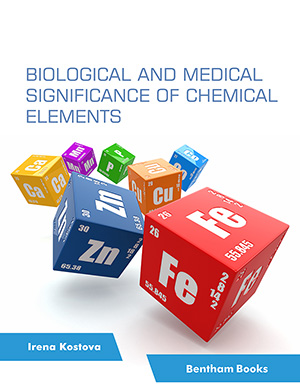Abstract
Aim: To develop a hot stage microscopy-based method for the determination of particle size in reverse engineering and establishment of a platform technology employing carvedilol as a model drug. It was hypothesized that reverse engineering using thermal methods would suggest a logical path in decoding the innovator’s formulation to develop an efficient generic product and preconize the morphology of an active pharmaceutical ingredient (API).
Background: To develop a generic formulation, a detailed analysis of identification, quantification and characterization of APIs and excipients present in the innovator product is a mandatory requirement. Identification of actives, excipients, and manufacturing processes involved in innovator product formulation can be facilitated using reverse engineering studies.
Objective: The objective of this study was to establish a platform technology for the determination of particle size in reverse engineering using hot stage microscopy (HSM).
Methods: Differential scanning calorimetry (DSC) and HSM techniques were employed for the identification of different unit processes that can affect the particle size distribution of API during formulation.
Results: DSC technique helped to unwind information about the qualitative as well as quantitative nature of the formulation blend. HSM technique helped to reveal the particulate level properties of the drug present in the blend and formulation.
Conclusion: The study concluded that the two thermal techniques DSC and HSM, together could be effectively used to reverse engineer a given formulation using a very less sample quantity. The study suggested a logical path in decoding innovator’s formulation to develop an efficient generic product. Moreover, this HSM-based thermal method of particle size determination will offer new insight into the decoding of an innovator product in a shorter period.
Keywords: Reverse engineering, hot stage microscopy, differential scanning calorimetry, platform technology, carvedilol, active pharmaceutical ingredients (APIs).































